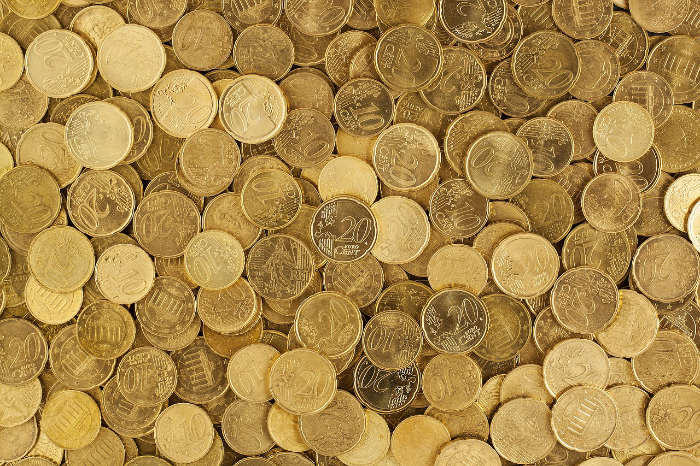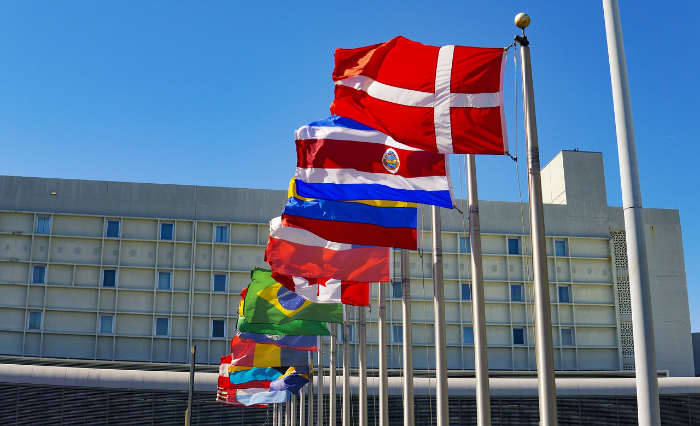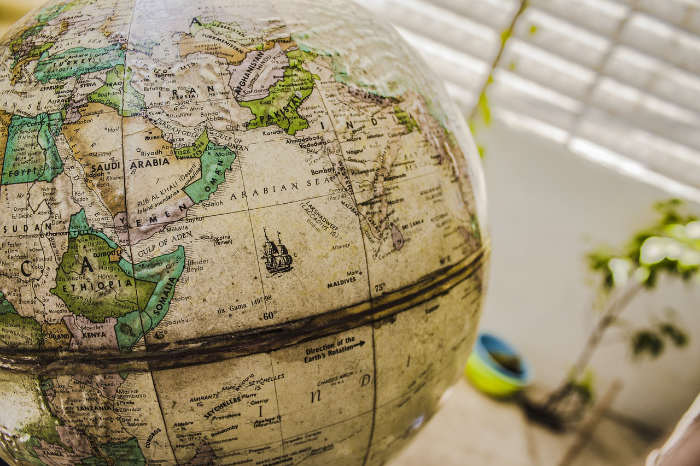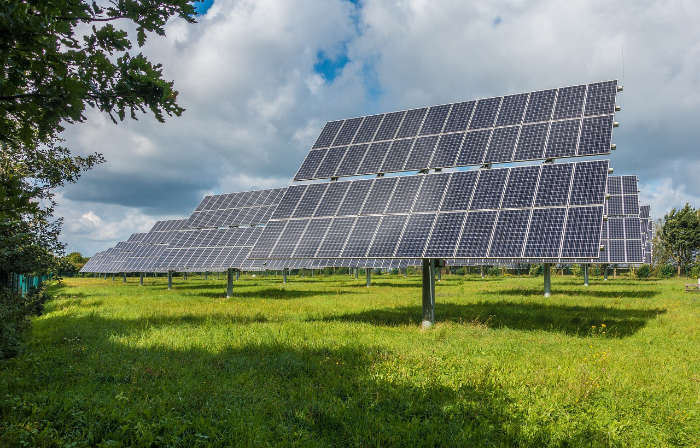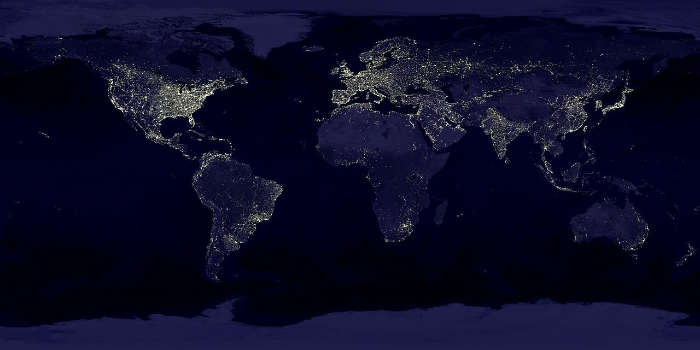Southern Hemisphere Countries 2025

Entirely
Mostly
Partially
In Southern Hemisphere
Country | In Southern Hemisphere↑ | Continent | |
|---|---|---|---|
| Tanzania | Entirely | Africa | |
| South Africa | Entirely | Africa | |
| Argentina | Entirely | South America | |
| Angola | Entirely | Africa | |
| Mozambique | Entirely | Africa | |
| Peru | Entirely | South America | |
| Madagascar | Entirely | Africa | |
| Australia | Entirely | Oceania | |
| Malawi | Entirely | Africa | |
| Zambia | Entirely | Africa | |
| Chile | Entirely | South America | |
| Zimbabwe | Entirely | Africa | |
| Rwanda | Entirely | Africa | |
| Burundi | Entirely | Africa | |
| Bolivia | Entirely | South America | |
| Papua New Guinea | Entirely | Oceania | |
| Paraguay | Entirely | South America | |
| New Zealand | Entirely | Oceania | |
| Uruguay | Entirely | South America | |
| Namibia | Entirely | Africa | |
| Botswana | Entirely | Africa | |
| Lesotho | Entirely | Africa | |
| Equatorial Guinea | Entirely | Africa | |
| Timor-Leste | Entirely | Asia | |
| Mauritius | Entirely | Africa | |
| Eswatini | Entirely | Africa | |
| Fiji | Entirely | Oceania | |
| Comoros | Entirely | Africa | |
| Reunion | Entirely | Africa | |
| Solomon Islands | Entirely | Oceania | |
| Mayotte | Entirely | Africa | |
| Vanuatu | Entirely | Oceania | |
| French Polynesia | Entirely | Oceania | |
| Samoa | Entirely | Oceania | |
| Seychelles | Entirely | Africa | |
| Tonga | Entirely | Oceania | |
| American Samoa | Entirely | Oceania | |
| Cook Islands | Entirely | Oceania | |
| Nauru | Entirely | Oceania | |
| Wallis and Futuna | Entirely | Oceania | |
| Tuvalu | Entirely | Oceania | |
| Falkland Islands | Entirely | South America | |
| Tokelau | Entirely | Oceania | |
| Indonesia | Mostly | Asia | |
| Brazil | Mostly | South America | |
| DR Congo | Mostly | Africa | |
| Ecuador | Mostly | South America | |
| Republic of the Congo | Mostly | Africa | |
| Gabon | Mostly | Africa | |
| Kiribati | Mostly | Oceania | |
| Kenya | Partially | Africa | |
| Colombia | Partially | South America | |
| Uganda | Partially | Africa | |
| Somalia | Partially | Africa | |
| Maldives | Partially | Asia | |
| Sao Tome and Principe | Partially | Africa |
Hemispheres are imaginary geographical divisions that split Earth into two equal halves at either the equator (for the Northern and Southern Hemispheres) or the prime meridian (for the Eastern and Western Hemispheres). The Southern Hemisphere is the half of Earth south of the equator, the imaginary horizontal line that encircles the planet midway between its geographical poles. The Southern Hemisphere contains at least a portion of five continents (all but North America and Europe) and touches four oceans: the Indian, South Atlantic, Southern/Antarctic, and South Pacific.
Geography of the Southern Hemisphere
The Northern and Southern hemispheres are notably distinct from one another. The Southern Hemisphere is made up of 80.9% water (compared to 60.7% in the Northern Hemisphere) and contains 1/3 (32.7%) of the Earth’s total land area and 10-12% of the global human population. This often results in reduced population density when compared to the Northern Hemisphere. Climates in the Southern Hemisphere tend to be milder than those at similar latitudes in the Northern Hemisphere due to the Southern Hemisphere’s greater percentage of water compared to land. It also experiences opposite seasons from the Northern Hemisphere, so summer occurs during the December-February months and winter in the June-August timeframe.
Countries of the Southern Hemisphere
| Country/Territory | Continent | In Southern Hemisphere |
|---|---|---|
| Angola | Africa | All |
| Argentina | South America | All |
| Australia | Oceania | All |
| Bolivia | South America | All |
| Botswana | Africa | All |
| Brazil | South America | Most |
| Chile | South America | All |
| Colombia | South America | Some |
| Comoros | Africa | All |
| DR Congo | Africa | Most |
| East Timor | Asia | All |
| Ecuador | South America | Most |
| Equatorial Guinea | Africa | All |
| Eswatini | Africa | All |
| Fiji | Oceania | All |
| Gabon | Africa | Most |
| Indonesia | Asia | Most |
| Kenya | Africa | Some |
| Kiribati | Oceania | Most |
| Lesotho | Africa | All |
| Madagascar | Africa | All |
| Malawi | Africa | All |
| Maldives | Asia | Some |
| Mauritius | Africa | All |
| Mozambique | Africa | All |
| Namibia | Africa | All |
| Nauru | Oceania | All |
| New Zealand | Oceania | All |
| Papua New Guinea | Oceania | All |
| Paraguay | South America | All |
| Peru | South America | All |
| Republic of the Congo | Africa | Most |
| Rwanda | Africa | All |
| Samoa | Oceania | All |
| Sao Tome and Principe | Africa | Some |
| Seychelles | Africa | All |
| Solomon Islands | Oceania | All |
| Somalia | Africa | Some |
| South Africa | Africa | All |
| Tanzania | Africa | All |
| Tonga | Oceania | All |
| Tuvalu | Oceania | All |
| Uganda | Africa | Some |
| Uruguay | South America | All |
| Vanuatu | Oceania | All |
| Zambia | Africa | All |
| Zimbabwe | Africa | All |
Population Overview
The population of the Southern Hemisphere is 800 million, only 10-12% of the total population of 7.3 billion. Two hundred million of these 800 million live in Brazil, the largest and third-most-populous country in the Southern Hemisphere. Another 141 million live on the Indonesian island of Java, the most populous island in the world. Because of the Southern Hemisphere demographics, Portuguese is the most spoken language, followed by Spanish and Javanese. Countries in the Southern Hemisphere are located in both the Eastern Hemisphere and the Western Hemisphere.
Continents of the Southern Hemisphere
- Africa — Roughly 33% of this continent’s land area is located below the equator. As such, a large percentage of African countries are located either partially or completely in the Southern Hemisphere.
- Asia — Most Asian countries are located on the Asian mainland, which is entirely located in the Northern Hemisphere. However, a few island nations and territories lie south of the equator, in the Pacific and Indian Oceans. Asia also includes Indonesia, the world’s second-largest country by coastline and fourth-largest by total population.
- Antarctica — The continent that includes the south pole is entirely located in the Southern Hemisphere. It has no independent countries, but many territories.
- Oceania/Australia and the South Pacific — In addition to prominent United Nations members Australia and New Zealand, this region is home to a bewildering array of territories that aren’t yet considered independent countries.
- South America — A full 90% of this continent’s land area lies below the equator. South American countries include Brazil, whose population of 215 million people makes it the most populated country in the Southern Hemisphere.
African Countries and Territories in the Southern Hemisphere
| Country | In Southern Hemisphere |
|---|---|
| Angola | All |
| Botswana | All |
| Burundi | All |
| Comoros | All |
| DR Congo | Most |
| Equatorial Guinea | Some |
| Eswatini | All |
| Gabon | Some |
| Kenya | Some |
| Lesotho | All |
| Madagascar | All |
| Malawi | All |
| Mauritius | All |
| Mayotte (France) | All |
| Mozambique | All |
| Namibia | All |
| Republic of the Congo | All |
| Reunion (France) | All |
| Rwanda | All |
| Sao Tome and Principe | Some |
| Seychelles | All |
| Somalia | Some |
| South Africa | All |
| Tanzania | All |
| Uganda | Some |
| Zamibia | All |
| Zimbabwe | All |
Asian Countries and Territories in the Southern Hemisphere
Most of Asia is located in the Northern Hemisphere, but the Southern Hemisphere does include a few Asian island nations. These include: the entirety of East Timor, most of Indonesia, and part of the Maldives. The Southern Hemisphere also includes many non-country territories such as the Ashmore and Cartier Islands, British Indian Ocean Territory, Christmas Island, Cocos (Keeling) Islands, French Southern and Antarctic Lands, Heard Island and McDonald Islands, Prince Edward Islands, Bouvet Island (Norway), Falkland Islands / Islas Malvinas, Saint Helena, Ascension, and Tristan da Cunha, South Georgia and the South Sandwich Islands, Antarctic and subantarctic islands, Peter I Island, South Orkney Islands, and the South Shetland Islands.
Most of Asia is located in the Northern Hemisphere, with some islands situated in the Southern Hemisphere. These include:
| Asian Countries in the Southern Hemisphere | |
|---|---|
| Country | In Southern Hemisphere |
| East Timor | All |
| Indonesia | Most |
| Maldives | Some |
Territories of Antarctica in the Southern Hemisphere
The continent of Antarctica contains the geographic South Pole and is entirely in the Southern Hemisphere. While there are no countries in Antarctica, several countries have claims on specific territories. These include the territories of mainland Antarctica as well as the following islands:
- Balleny Islands (New Zealand)
- Peter I Island (Norway)
- South Orkney Islands (Argentina/U.K.)
- South Shetland Islands (Argentina/Chile/U.K.)
Australia and Oceania countries and territories in the Southern Hemisphere
In addition to the above countries, this region includes a vast array of island territories including Niue (New Zealand), Tokelau (New Zealand), New Caledonia (France), and American Samoa (U.S.).
South American Countries in the Southern Hemisphere
As previously mentioned, 90% of South America lies in the Southern Hemisphere. This includes:
| Country | In Southern Hemisphere |
|---|---|
| Argentina | All |
| Bolivia | All |
| Brazil | Most |
| Chile | All |
| Colombia | Some |
| Ecuador (w Galapagos) | Most |
| Paraguay | All |
| Peru | All |
| Uruguay | All |



